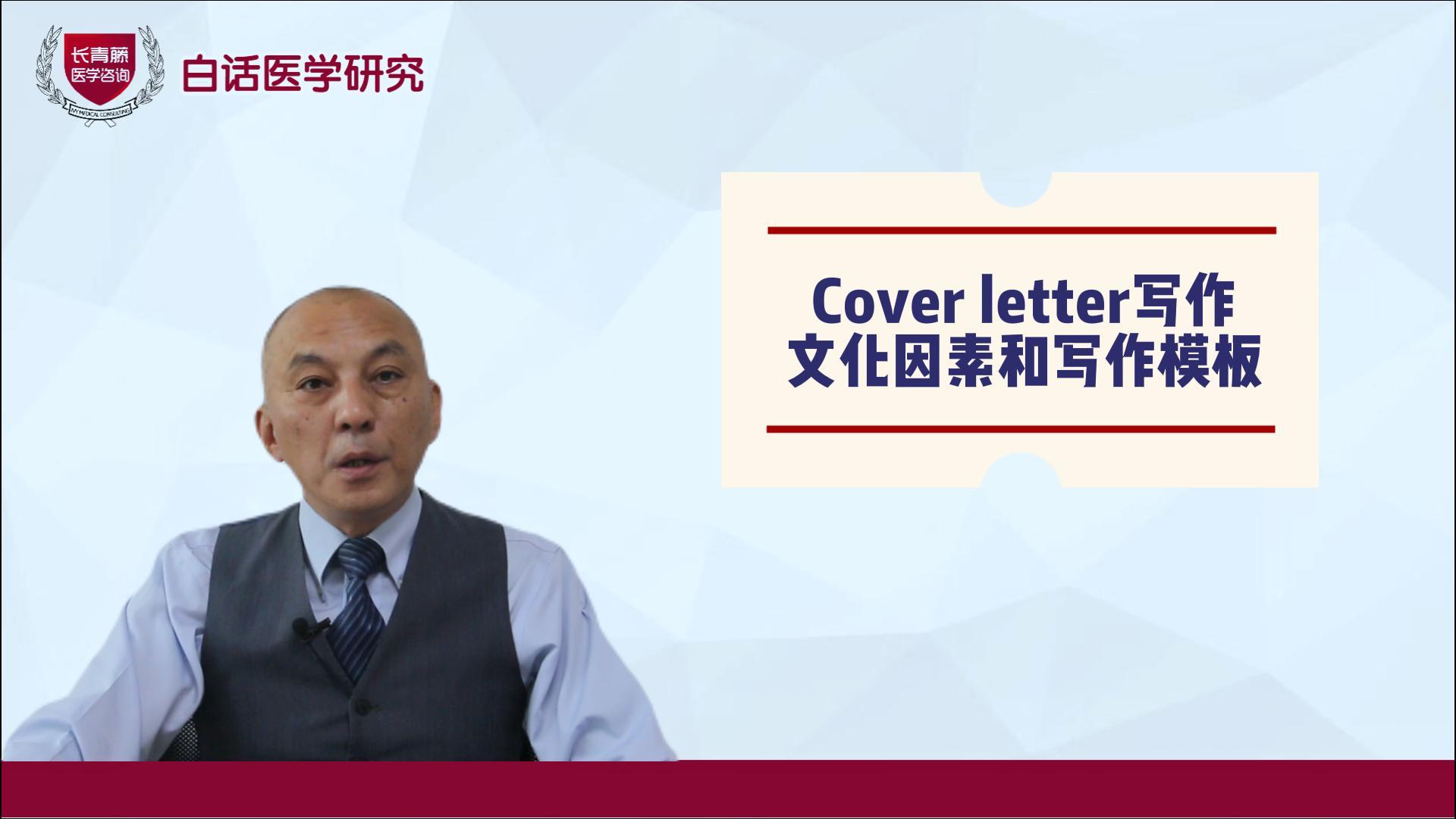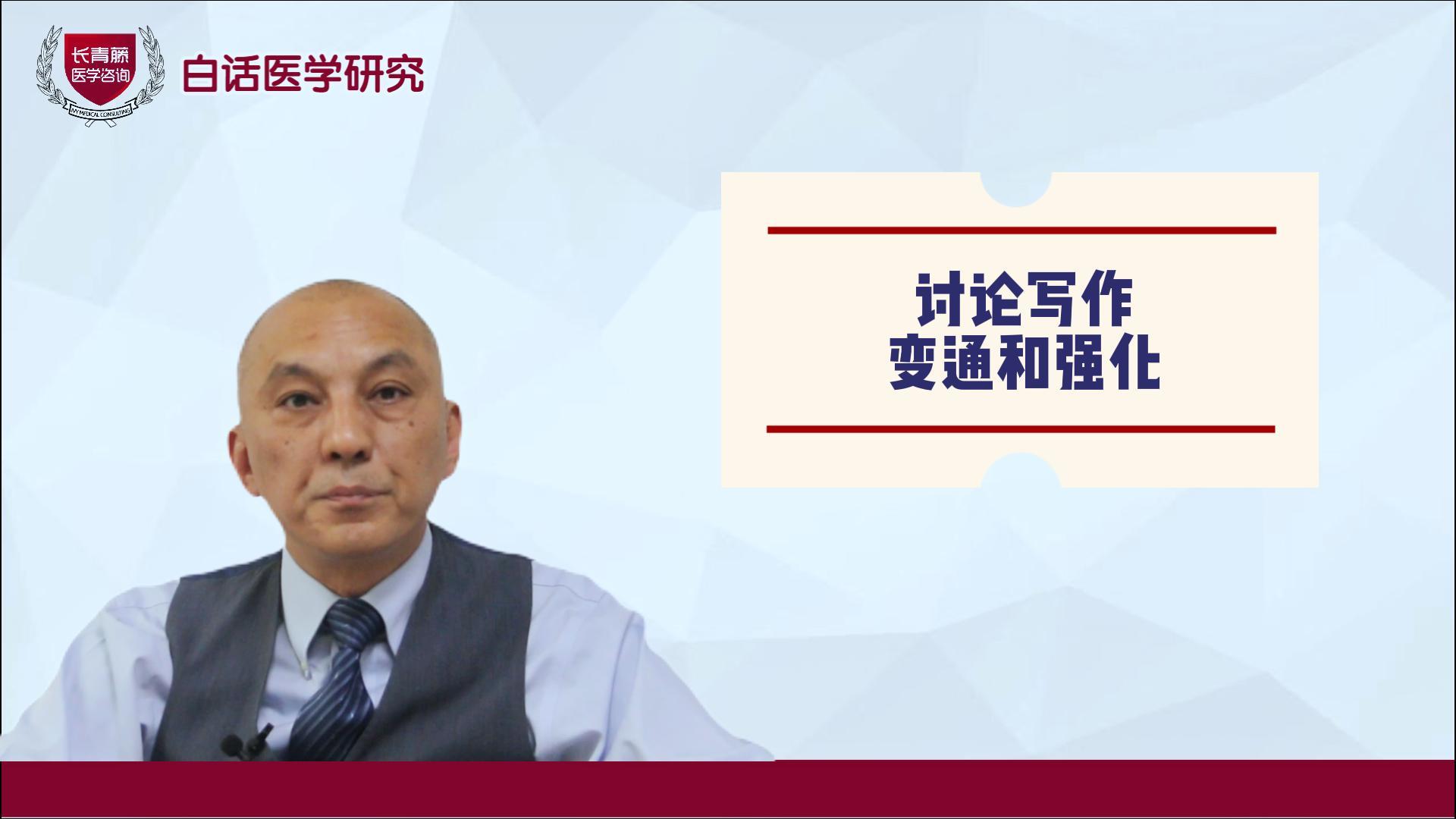2022-05-24


Ware J et al.N Engl J Med. 2022 Jan 20;386(3):209-219.
在1型糖尿病幼儿患者中人工胰腺疗法相对于传感器辅助泵疗法,研究数据较少且缺少一致性结论。本文主要研究分析人工胰腺疗法在儿童中的优势。
研究纳入74例患者,随机分组,患者接受人工胰腺治疗期间,目标范围时间内血糖水平显著提高8.7%(95%CI,7.4-9.9;P<0.001);高血糖时间降低8.5%(95%CI,-9.9,-7.1);糖化血红蛋白水平降低0.4%(95%CI,-0.5,-0.3);传感器平均葡萄糖水平下降12.3 mg / dl(95%CI,-14.8,-9.8;P<0.001)
研究结果表明人工胰腺疗法显著改善年幼1型糖尿病患儿目标范围时间内血糖水平、传感器平均葡萄糖水平,并且低血糖的时间没有增加、糖化血红蛋白水平降低。
Background: The possible advantage of hybrid closed-loop therapy (i.e., artificial pancreas) over sensor-augmented pump therapy in very young children with type 1 diabetes is unclear.
Methods: In this multicenter, randomized, crossover trial, we recruited children 1 to 7 years of age with type 1 diabetes who were receiving insulin-pump therapy at seven centers across Austria, Germany, Luxembourg, and the United Kingdom. Participants received treatment in two 16-week periods, in random order, in which the closed-loop system was compared with sensor-augmented pump therapy (control). The primary end point was the between-treatment difference in the percentage of time that the sensor glucose measurement was in the target range (70 to 180 mg per deciliter) during each 16-week period. The analysis was conducted according to the intention-to-treat principle. Key secondary end points included the percentage of time spent in a hyperglycemic state (glucose level, >180 mg per deciliter), the glycated hemoglobin level, the mean sensor glucose level, and the percentage of time spent in a hypoglycemic state (glucose level, <70 mg per deciliter). Safety was assessed.
Results: A total of 74 participants underwent randomization. The mean (±SD) age of the participants was 5.6±1.6 years, and the baseline glycated hemoglobin level was 7.3±0.7%. The percentage of time with the glucose level in the target range was 8.7 percentage points (95% confidence interval [CI], 7.4 to 9.9) higher during the closed-loop period than during the control period (P<0.001). The mean adjusted difference (closed-loop minus control) in the percentage of time spent in a hyperglycemic state was -8.5 percentage points (95% CI, -9.9 to -7.1), the difference in the glycated hemoglobin level was -0.4 percentage points (95% CI, -0.5 to -0.3), and the difference in the mean sensor glucose level was -12.3 mg per deciliter (95% CI, -14.8 to -9.8) (P<0.001 for all comparisons). The time spent in a hypoglycemic state was similar with the two treatments (P = 0.74). The median time spent in the closed-loop mode was 95% (interquartile range, 92 to 97) over the 16-week closed-loop period. One serious adverse event of severe hypoglycemia occurred during the closed-loop period. One serious adverse event that was deemed to be unrelated to treatment occurred.
Conclusions: A hybrid closed-loop system significantly improved glycemic control in very young children with type 1 diabetes, without increasing the time spent in hypoglycemia. (Funded by the European Commission and others; ClinicalTrials.gov number, NCT03784027.)..
百度浏览 来源 : 医微客
版权声明:本网站所有注明来源“医微客”的文字、图片和音视频资料,版权均属于医微客所有,非经授权,任何媒体、网站或个人不得转载,授权转载时须注明来源:”医微客”。本网所有转载文章系出于传递更多信息之目的,且明确注明来源和作者,转载仅作观点分享,版权归原作者所有。不希望被转载的媒体或个人可与我们联系,我们将立即进行删除处理。 本站拥有对此声明的最终解释权。




发表评论
注册或登后即可发表评论
登录注册
全部评论(0)